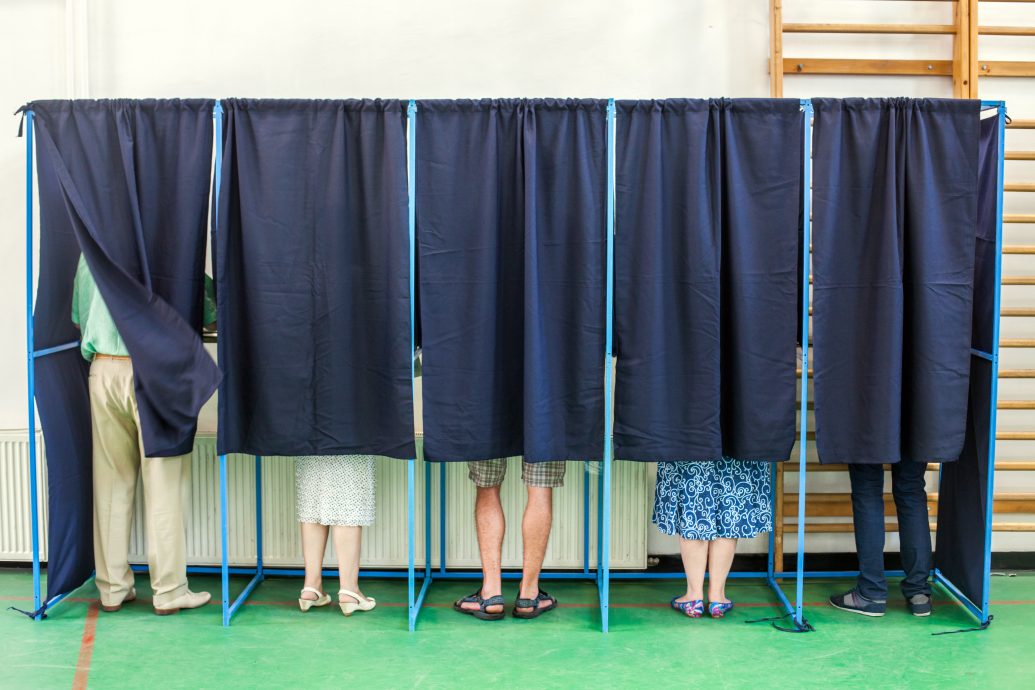Voter Turnout and the Prospects for the Republican Party
Discussions of Hillary Clinton’s loss to Donald Trump tend to focus on her own limitations as a candidate and the failure of her campaign in a handful of states on the Electoral College map that proved pivotal. That’s all true enough. But there’s another side to the story as well. When comparing Clinton’s electoral performance to Barack Obama’s in 2008 and 2012, we should note the uniqueness of those elections and Obama’s exceptional electoral appeal. Almost no Democratic presidential candidate in 2016 could have equaled Obama’s performance among key constituencies, even if that candidate did not share Clinton’s disabilities. And this means there is some good news going forward for Republicans, and some not so good news.
Until Obama’s election, no Democratic presidential candidate received a majority of the popular vote since Jimmy Carter in 1976. And he received a scant 50.1 percent of the popular vote. We need to go back to 1964 to see a solid Democratic presidential vote in Lyndon Johnson’s landslide over Barry Goldwater. Bill Clinton never received a majority of the popular vote (although, to be sure, Ross Perot shared the ballot with the Republican candidate in both elections).
The striking news about Clinton’s vote in 2016 is, despite receiving a greater share of the popular vote than Trump (although still less than a majority), almost one in five voters who supported Obama in 2012 failed to vote for Clinton in 2016. Data show that among voters who voted for Obama in 2012, nine percent voted for Trump in 2016, seven percent did not vote at all, and three percent voted for a third-party candidate. To be sure, the defection of many suburban Romney supporters to Clinton offset some of the defection of Obama voters from Clinton, but not enough in the critical Electoral College states that swung the election to Trump.
While 2016 saw the highest voter turnout ever in absolute numbers, as a percentage of adult citizens 2008 still remains the highest turnout for a presidential election in over a generation. (One needs to go back to 1968 to see a higher percentage turnout in a presidential election.)
But the raw numbers aren’t what’s important. Changes in the composition of who turned out tells the important story. Obama motivated turnout among African Americans and supportive youth at disproportionately high levels relative to earlier elections.
Critically, black voters turned out for Obama at extremely high rates relative to previous elections. The percentage of black turnout equaled white turnout in 2008, and exceeded it in 2012. Black turnout decreased around five percent in 2016 relative to the previous two elections. But in decreasing, black turnout simply returned to average levels in elections before Obama was on the ballot. The reversion to the mean at least hints that 2008 and 2012 represent a unique Obama effect; an effect that any Democratic candidate would have difficulty replicating in 2016.
Similarly, while a higher percentage of youth voted in 2016, Clinton’s received a smaller share of the youth vote than Obama did.
Democrats recognize that the path to victory lies in replicating Obama’s turnout rates. Yet Obama was able to motivate liberal constituencies without scaring off (too many) of the more moderate Democrats. Clinton appealed to more moderate voters (including a fair number of 2012 Romney voters), but was unable sufficiently to motivate the extreme of the distribution relative to Obama.
This is partly good news for the Republicans. Obama aside, since 1964, Democrats have won the presidency only with southern Democrats at the top of the ticket. Many Romney voters, presumably, will return to the Republican fold if, after experiencing Trump’s presidency, they see Trump as less threatening than they perceived him to be relative to Clinton in 2016, or if Republicans revert to nominating more ordinary candidates for the presidency (whether in two years or in six years).
At the same time, the Obama to Trump voters constitute an electoral wild card. While these voters tended to be among the most conservative voters supporting Obama, they aren’t normal ideological voters. Rather, they tend to value shaking things up over ideology. Obama in 2008 and 2012, and Trump in 2016. As such, there’s no reason Republicans should expect these voters to continue supporting Republican presidential candidates when Trump is not on the ballot. (And perhaps more disconcertingly for the GOP in 2018, there’s no reason to expect these voters naturally to support the normal run of Republican congressional candidates.)
Further, the Obama to Trump voters were almost surely critical for Trump’s wins in the pivotal states of Michigan, Wisconsin and Pennsylvania. These states had not gone Republican in presidential elections since the 1980s. So even if 2008 and 2012 turnout levels represent a unique Obama effect, it’s not all rosy for Republicans in the future. Nonetheless, the significant defections of Obama supporters from Clinton in 2016 suggest the central tendency of the last generation or so of presidential elections in the U.S. still retains some potency.


